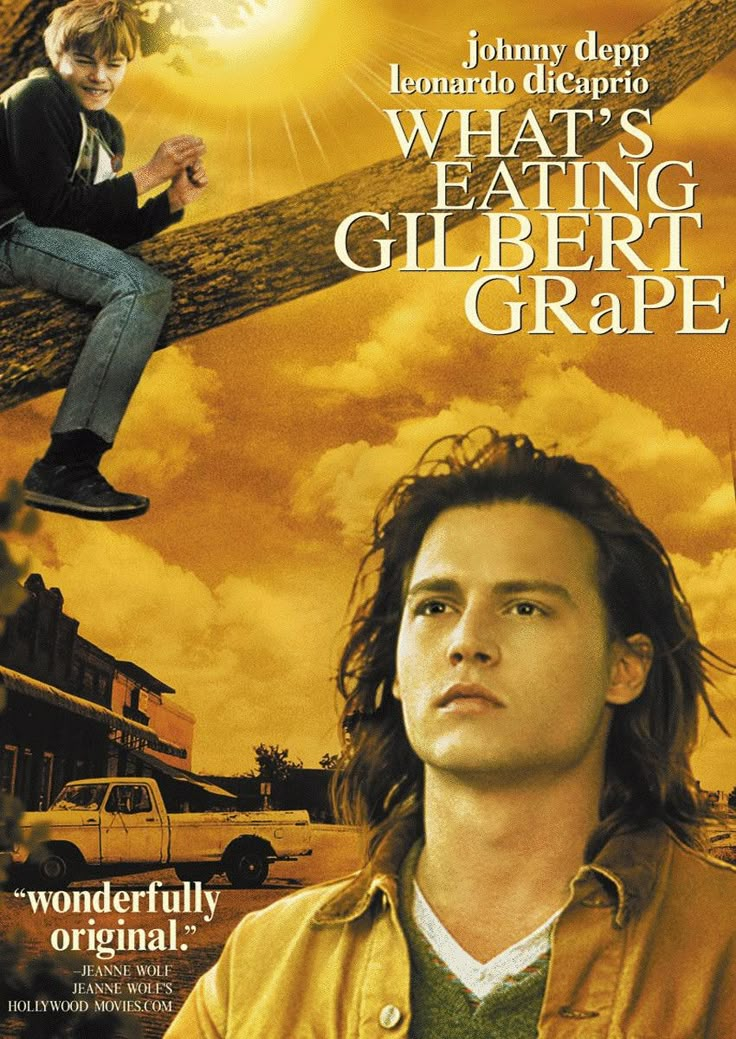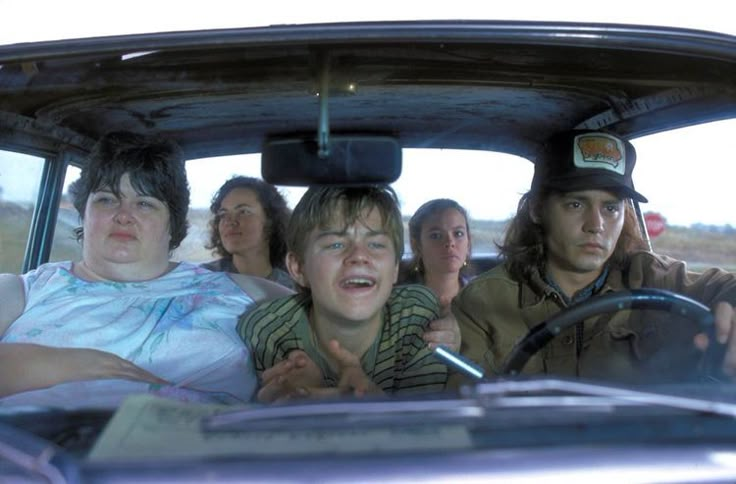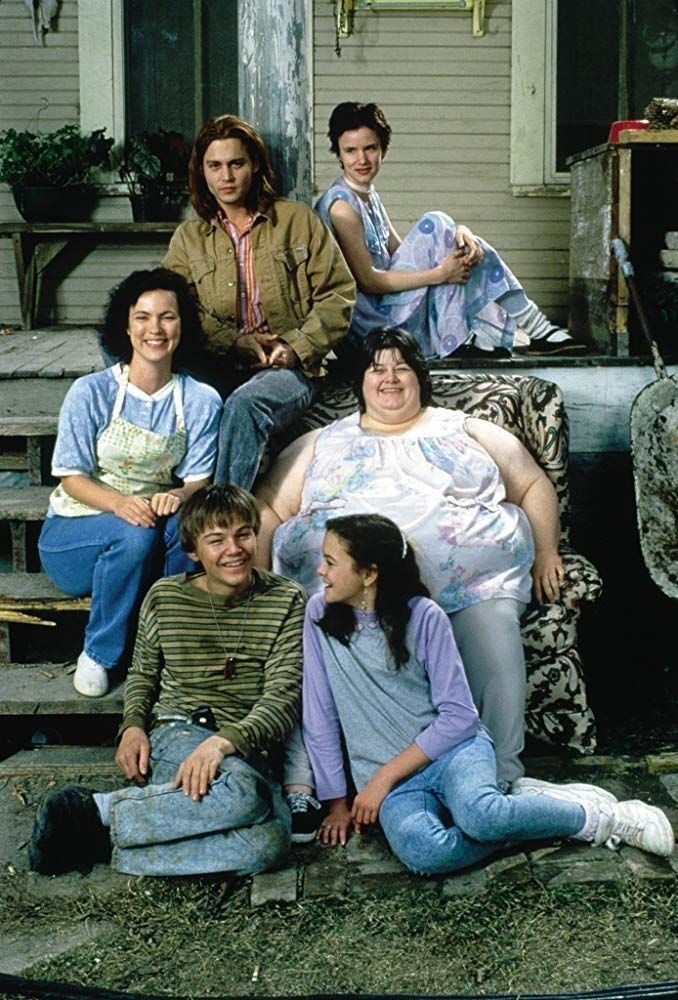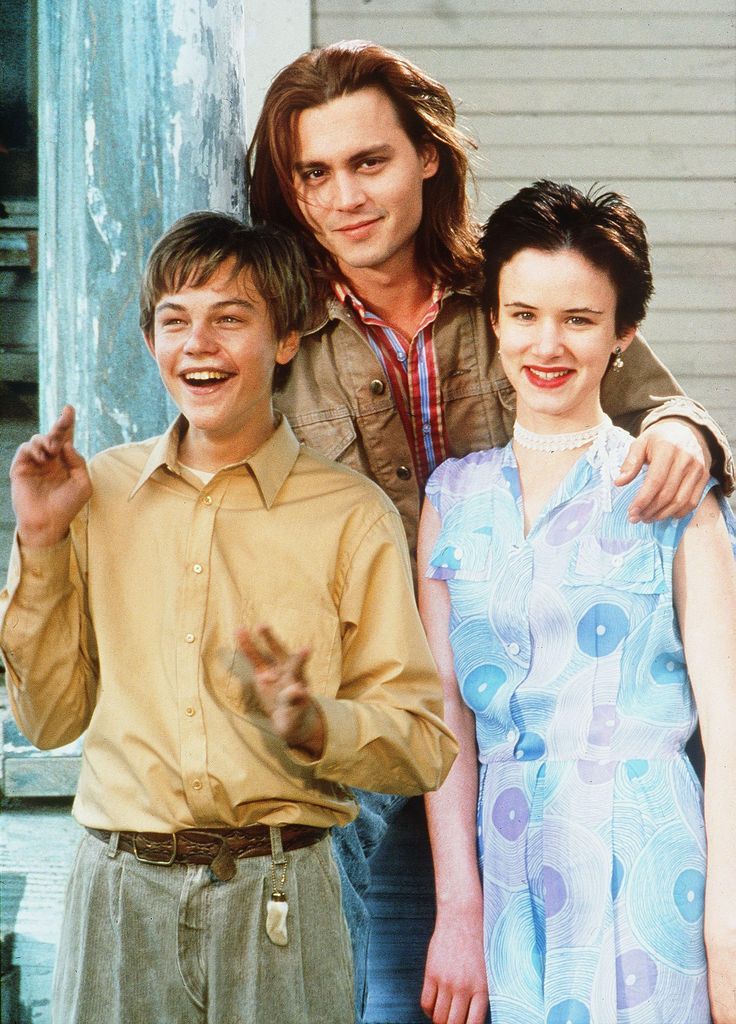What You Need To Know
What’s Eating Gilbert Grape, directed by Lasse Hallström, is a masterfully executed, raw, and deeply affecting cinematic experience. The film stars Johnny Depp as Gilbert Grape, a young man burdened by the immense responsibilities of caring for his dysfunctional family in the desolate, small town of Endora, Iowa. The narrative centers on Gilbert’s complicated relationships with his morbidly obese mother, Bonnie (Darlene Cates), who has not left the house in seven years, and his intellectually disabled younger brother, Arnie (Leonardo DiCaprio). The unexpected arrival of a free-spirited outsider, Becky (Juliette Lewis), serves as a catalytic force for Gilbert’s emotional and psychological journey.
This film is far from being a poor or contrived story. Instead, it is a brilliant and honest portrayal of the burdens of familial responsibility and the slow-burn emotional toll of stagnation. The performances by Depp and a breakthrough DiCaprio are nothing short of incredible, lending a profound authenticity that elevates the material beyond a simple slice-of-life drama. While the film contains mature elements, it is the grounded, realistic depiction of hopelessness and struggle that provides its true emotional weight. The film ultimately transcends its quiet, rural setting to deliver a universally resonant message about love, sacrifice, and the possibility of personal growth. The powerful and resonant themes make it an impactful experience for viewers willing to engage with a story of pure heart, testing the bonds of familial relationships and the struggles of mental health.

In-Depth Analysis: Thematic and Character Review
1. The Weight of Responsibility: A Family Trapped in Stagnation
The film introduces Gilbert Grape as a protagonist consumed by the immense psychological weight of responsibility. His life is an “inversion of the natural order,” where he, a young man, must care for his mother and siblings after his father’s suicide years prior. Gilbert has become the reluctant patriarch and provider, bearing a psychological burden so heavy it has led to an observable “emotional detachment” from his life and surroundings.
This burden is portrayed not merely as a series of daily chores but as a profound psychological state of being “trapped” in a life that feels predetermined and inescapable. Gilbert’s routine is a monotonous cycle of caring for Arnie, including the repeated task of “coaxing Arnie down from water towers” and managing the household, which leaves him with “no actual goals or aspirations”. This state of emotional and personal stasis is visually reinforced by the film’s setting. The fictional town of Endora, Iowa, is depicted as a “colorless town” with a “detached atmosphere” , a deliberate visual metaphor for Gilbert’s bleak internal outlook. The opening shot of the “endless road” symbolically presents the freedom and opportunities that are denied to him, while the voiceover emphasizes that the tourists are simply “passing through” while the Grape family remains.

The core conflict of the film is not merely the result of Gilbert’s current circumstances but is a direct consequence of an unresolved traumatic event: his father’s suicide. This tragic event, which occurred seventeen years earlier, is the unstated catalyst haunting the Grape family. It directly led to Bonnie’s debilitating depression and morbid obesity, which in turn placed the full burden of care on Gilbert. This causal chain of events demonstrates a deep, psychological truth about how unresolved family trauma can cascade through generations, arresting the personal growth of every member. The film does not simply show a dysfunctional family; it meticulously deconstructs the origins of their dysfunction, making the central struggle feel grounded and emotionally authentic, rather than a far-fetched or contrived plot device.

2. The Catalyst for Growth: The Arrival of an Outsider
The film’s narrative begins to shift with the arrival of Becky, a free-spirited “hippy” type whose camper breaks down in Endora. She is not merely a love interest but a symbolic force of change, described as a “little blossom of colour” in Gilbert’s otherwise bleak world. Becky’s arrival sends a new energy into the film, distracting Gilbert from his worries and showing him how to appreciate the “simple things in life”.
Becky’s character embodies an existentialist philosophy, providing a refreshing perspective on life’s challenges. She helps Gilbert see that problems are often a matter of perception and provides the simple, yet profound, key to his psychological liberation with her observation: “The roads go past but they also lead in or out”. She is a blank slate who helps Gilbert realize he is indeed trapped and has been taking his life for granted. Her presence encourages him to seek more in life. She also highlights the distinction between unfulfilling sex and fulfilling love, contrasting Gilbert’s perfunctory affair with a married woman with the genuine and supportive relationship they build.

The film’s message about liberation is profoundly subtle and goes beyond a superficial desire to simply “escape” his life. While Gilbert is initially looking for a way out, Becky’s influence helps him realize that true freedom is not about abandoning his family or leaving Endora, but about changing his internal relationship to his responsibilities. He confronts the “demons of the past” by venturing into the cellar where his father died and overcomes his shame by introducing Becky to his mother for the first time. The film’s dramatic climax—the burning of the family home after Bonnie’s death—is a powerful symbolic act of liberation, not from his family, but from the burdens that kept them all prisoners of the past. The final scene, where Gilbert and Arnie are waiting by the side of the road for the tourist trailers to pass once again, shows a newfound freedom that he can share with his loved ones, demonstrating that liberation is not about abandonment but about acceptance and a new beginning.
3. A Portrait of Struggle and Compassion: The Grape Family
The greatest strength of the film lies in its compassionate portrayal of a “dysfunctional family that functions in the best way they know how”. The film presents the characters’ realistic struggles without resorting to caricature. It presents a world where hope and compassion can be found, even amidst great hardship.

The performances are a testament to this nuanced approach. Darlene Cates’s portrayal of Bonnie Grape is a powerful depiction of clinical depression and severe obesity. The film never mocks her condition; instead, it portrays the family’s deep-seated love and protectiveness, even amidst their own frustrations. When Bonnie leaves the house for the first time in seven years to rescue Arnie from the police station, the townspeople cruelly gawk at her, but her family’s response is one of fierce loyalty and a desire to protect her dignity. Similarly, Leonardo DiCaprio’s performance as Arnie, who displays the “chaotic mannerisms and bursts of emotions” of autism, is lauded for its sensitivity and realism. The film illustrates the “immense love” between Gilbert and Arnie and the everyday trials they face, from Arnie’s habit of climbing the water tower to Gilbert’s temporary but pivotal loss of temper. This relationship is the true emotional core of the film.
The film offers a powerful counter-narrative to stories that suggest human beings are inherently susceptible to evil or defined by their flaws. The characters in What’s Eating Gilbert Grape are not driven by immorality or lust. Gilbert’s frustration with Arnie leads to a moment of guilt-ridden despair, not an act of malice. Gilbert’s affair is a symptom of his deep psychological struggle and sense of entrapment, not a defining character trait. The family’s final act of removing their belongings and setting the house ablaze to give their mother a dignified “funeral pyre” is an act of profound compassion, love, and respect. This emotional climax demonstrates the exact opposite of the emptiness often portrayed in stories of despair. The film argues that human value and dignity can be found and preserved, even in the most challenging and seemingly hopeless of circumstances.

Content Advisory: A Detailed Review of Mature Elements
The film operates within a humanistic worldview, finding meaning not in a traditional religious framework but in the strength of family bonds, loyalty, and a compassionate understanding of human struggle. It is a story of “pain, acceptance, and growth,” where characters, despite their flaws, demonstrate “true grit and compassion”. The film posits that hope can be found by confronting reality and accepting responsibility, as seen in Gilbert’s emotional journey. The film is rated PG-13 due to its thematic elements and some language, making it suitable for viewers aged 13 and older.
Conclusion: The Power of Self-Discovery and Unconditional Love
What’s Eating Gilbert Grape is a profound journey of self-discovery, exploring the psychological imprisonment of familial duty and the liberation that comes from facing one’s fears and responsibilities. Gilbert’s emotional arc—from a man living on “autopilot” to one who actively seeks his own happiness—is a testament to the power of human connection and the courage to change one’s routine. The film’s narrative is a simple yet deeply meaningful exploration of everyday life and its hardships, offering a profound sense of self-discovery for its protagonist.

The film does not end with its protagonist getting away with a crime or leaving the audience with a depressing sense of futility. Instead, it concludes with a symbolic act of catharsis—the burning of the house—and a renewed sense of purpose for the entire family. Gilbert’s liberation is not an escape from his family but a new beginning with them, as he learns that “you will have responsibilities but sometimes you need to change your routine if you are not happy with life”. The final scene, with Gilbert and Arnie waiting by the side of the road for the tourist trailers to pass, is a powerful image of hope and the possibility of a new journey together.
What’s Eating Gilbert Grape is a compelling and deeply moving film. Its honest and compassionate portrayal of a family’s struggles makes it an invaluable cinematic experience. It is a powerful reminder of the enduring bonds of family and the quiet heroism found in everyday acts of love and sacrifice. This film is a must-watch for its masterful storytelling, powerful performances, and universally resonant themes.